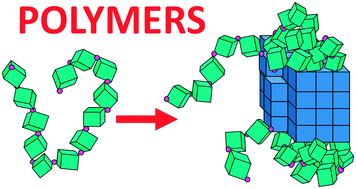Some unique features of polymer crystallisation
Abstract
Mono-lamellar single crystals in thin films provide suitable model systems for studying crystallisation of long chain polymers, making distinct differences with respect to small molecules visible. Due to the high viscosity of polymeric melts, transport toward the growth front is slow and the corresponding crystal growth can suitably be followed in time. Besides being able to investigate generic processes in controlling crystal morphology like epitaxial growth or growth front instabilities, thin film studies reveal unique features of polymer crystallisation. In particular, it is possible to observe a logarithmic spatio-temporal evolution of the lamellar crystal thickness, caused by continuous rearrangements leading to regions of differing degrees of meta-stability within polymer single crystals. As a consequence of the kinetically determined lamellar thickness and the corresponding variations in melting temperature, polymer crystals allow for self-seeding, i.e., crystals can be re-grown from a melt which contains a few thermodynamically stable remnants of pre-existing crystals acting as seeds. Hence, when a single crystal is molten, all remnants have a unique orientation and thus also the crystals re-grown from these seeds. The logarithmic time-dependence of the variation in crystal thickness is reflected in a number of seeds decreasing exponentially with increasing seeding temperature. Despite their molecular complexity and some unique features, polymers proved to be valuable systems for detailed studies of crystal growth, allowing testing of theoretical concepts of morphology development.

- This article is part of the themed collection: Nucleation and crystallisation

 Please wait while we load your content...
Please wait while we load your content...